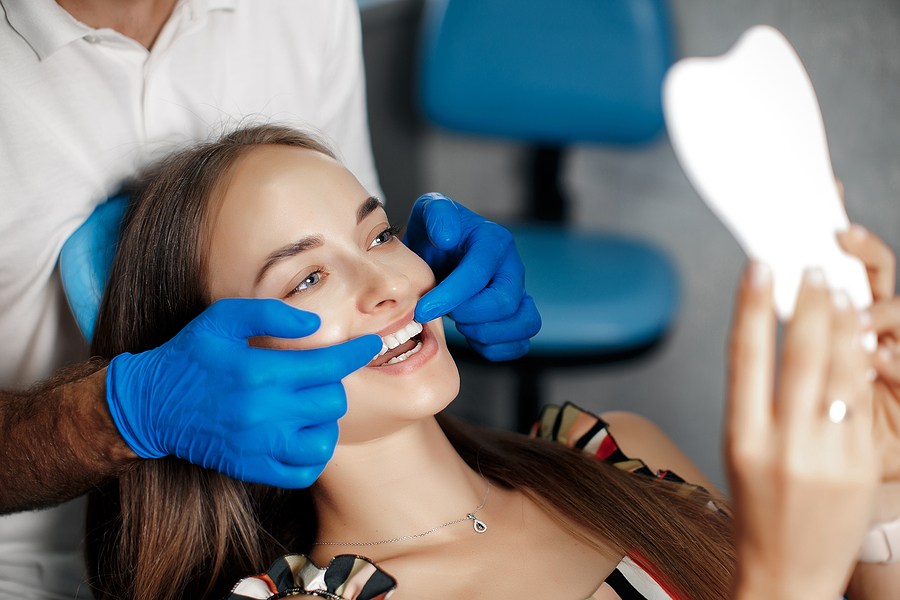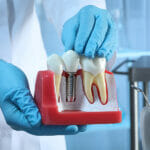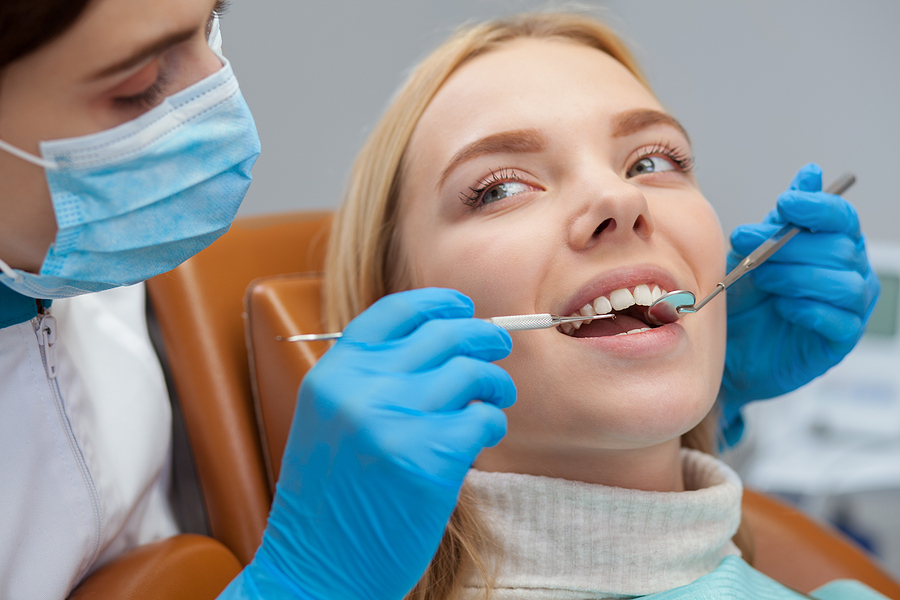Dental crowns, also referred to as tooth caps, are utilized for the express purpose of restoring a diseased tooth’s appearance, structure, and strength, covering the visible portion that rests above a patient’s gum line.
A dental crown can be useful for a handful of reasons, such as covering a tooth implant, concealing a discolored or misshaped tooth, keeping a tooth bridge in place, restoring a chipped or decaying tooth, strengthening a tooth, preventing it from breaking, and supporting a tooth.
Dr. Xieng Khan Lee, a distinguished dentist who runs Quality Dental Care, a private practice in Brooklyn Park, Minnesota, lists and explains the different types of dental crowns that patients can consider.
Ceramic or Porcelain
By far the most popular types of crown, ceramic and porcelain are predominantly used for aesthetic reasons, Dr. Xieng Khan Lee states. With a natural look that blends beautifully with the surrounding teeth in shape, size, and color, it ensures that a patient will leave with the broadest of smiles. Patients who experience an allergic reaction to metal components are advised to go for ceramic or porcelain because they are biocompatible options, while also representing an ideal solution for front or back teeth restorations.
Gold Crowns
Gold crowns, which are actually a combination of copper and other metals, are recommended particularly for their strength and durability, Dr. Xieng Khan Lee notes. Although these crowns aren’t necessarily the most popular pick due to their color and aesthetic appearance, they are suitable for back teeth restorations, especially second molars. Firm and impressively resistant, gold crowns provide longevity when properly cared for and require less of your natural tooth to be removed for its insertion.
Zirconia Crowns
Zirconium incorporates the strength of metal along with the same aesthetic delight that is found in porcelain crowns, Dr. Xieng Khan Lee says. Less prone to chipping and breaking, zirconia crowns are also praised for their long-lasting sustainability. Also, it involves a simple, time-saving process since the zirconia can be cut and shaped at the same dental office rather than having to depend on a dental lab. As of late, high translucent zirconia and layered zirconia crowns are a sought-after choice.
Porcelain Fused-To-Metal Crowns
For the restoration of front or rear teeth, porcelain fused-to-metal crowns (PFM) offer the strength from their metal structure, along with the aesthetics created by the porcelain coat that serves to cover the cap. History supports the use of these crowns, as they have been an effective alternative for more than half a century and easier on the wallet than all porcelain crowns. There is one catch; metal could appear dark above the gum line. Regardless of that potential imperfection, many patients remain quick to select a PFM for its resilience.
Stainless Steel Crowns
As patients wait for permanent caps, stainless steel crowns are generally used as a temporary fix until the long-term answer is prepared. During that period, the stainless crowns protect the teeth or fillings. Pediatric dentists often rely on stainless crowns to preserve the primary teeth of children. Once the primary teeth fall off and are replaced by the permanent set, the stainless crowns are removed as well.
Resin Tooth Crowns
If you encounter a minor chip or fracture on the front tooth, a resin dental crown, made of composite material, can repair the slight damage. Despite its inexpensive cost in comparison to other dental restoration methods, the resin dental crown is liable to chip, making it an ill-advised option for restoring molars or premolars, according to Dr. Xieng Khan Lee.
Lithium Disilicate Crowns (E-Max)
A newer type of crown to enter the dental industry, E-Max is an all-ceramic crown that is light and thin because of its mix of lithium disilicate. Aesthetically pleasing, tough and persistent, the E-Max are terrific for both the front and back teeth, though they are usually more costly.
Dr. Xieng Khan Lee on Base Metal Alloy Dental Crowns
Comprised of strong, non-noble metals such as nickel, chromium, or beryllium and specific amounts of silver, palladium, or titanium (to give it a silvery look), these crowns are capable of withstanding tremendous pressure or force. To provide the required space for a procedure with a base metal alloy, the dentist will scoop out the least healthy part of the tooth structure.
ES White Crowns
Typically pre-made, ES white crowns consist of slight occlusal anatomy that can be placed on the affected teeth without the need for extreme modifications, like perhaps the reduction of a tooth’s size. Its shape is identical to a mold for the teeth, so it covers up and protects remarkably. ES white crowns are frequently used for toddlers because of the simple nature of their structure.
Image Source: BigStock.com (Licensed)
Related Categories: Health, Beauty, Reviews








